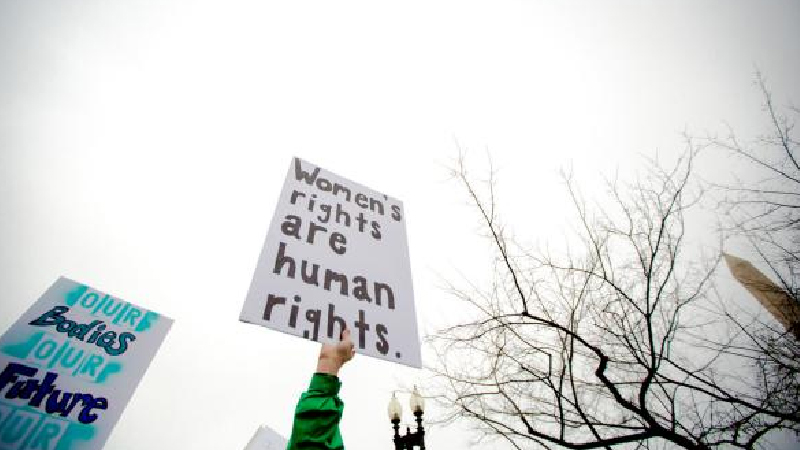Women’s March On Washington

To vent her frustration over the results of U.S. elections, Teresa Shook, a retired lawyer and grandmother of four, from Hawaii, started the Revolutionary Women’s March on Washington with a Facebook invite that had gone viral in a short period.
From the main march in Washington D.C to marches in solidarity across the United States and worldwide, millions of men, women and children of all ethnicities and backgrounds came together to advocate for basic human rights. The unity principles listed on the Women’s March website include ending violence, reproductive rights, LGBTQ+ rights, worker’s rights, civil rights, disability rights, immigrant rights and environmental justice.
The march became the largest demonstration in reaction to a presidential inauguration. Although this was not an anti-Trump march; but it may have been spurned by the election of a man who directly opposes or refuses to recognise the importance of many of these rights, and, thus, it is no coincidence that the March occurred the day after his inauguration. While the election may have been part of the reason for the timing of the march, the reasons women marched go beyond being unhappy about a lost election.
Women in the US and across the world marched in support of the fight for gender equality, for the right of reproductive choice; against people who believe that women should not have control over their bodies, against people who believe in misogyny, racism and bigotry.
The global implications of the Women’s March are equally important. At sister marches in almost 70 countries around the world, people marched in solidarity with Americans, but they also marched for improvements in their nations. The scope of protestors around the world proves that the women who marched on Washington are fighting for real causes, which are significant and global.
The organisers of the march have created a network that is far greater than the one they dreamed of. And this is probably just the beginning. The fight continues…





